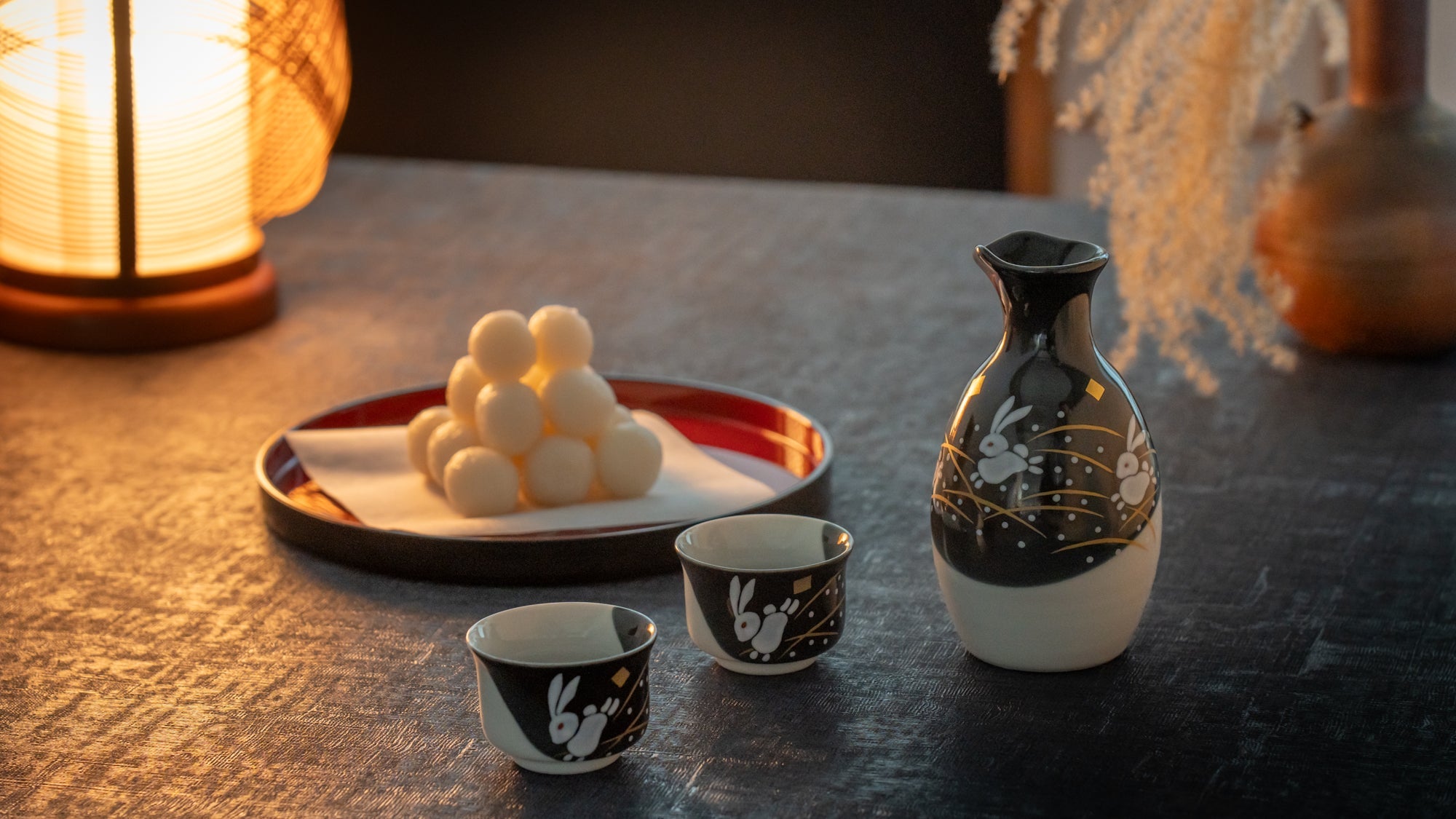
Chushu no Meigetsu: Illuminated Whispers of the Full Moon
Written by Team MUSUBI
Chushu no Meigetsu, the Japanese Mid-Autumn Moon Festival, is a celebration of the brightest and roundest moon of the year, typically falling between late September and early October. One of the notable Japanese holidays, this fall festival is rooted in ancient traditions, marking not only the midpoint of autumn but also a moment of reflection on family ties and gratitude.
On the night of the festival, people gather for tsukimi, or moon viewing. These gatherings often feature fall motifs like rabbits, pampas grass, and dumplings known as tsukimi dango. Sake is enjoyed and sweets are passed around in a night of appreciating the moon’s mystery while fostering togetherness.
Read on to explore the traditional Japanese motifs and customs that mark the season, and get inspiration and tips for hosting a moon-viewing party of your own.
tables of contents
The History and Meaning of Chushu-no-Meigetsu

Chushu no Meigetsu is a Japanese Mid-Autumn Festival celebrated on the fifteenth day of the eighth lunar month, which usually falls around late September in the modern solar calendar. Chushu means "middle of autumn,” while meigetsu translates to "bright moon."
Originating as a harvest celebration, over time, the festivities also came to symbolize family ties. It marks the day when the moon is believed to reach its brightest and roundest.
To celebrate the occasion, people gather for moon viewing parties. With a gentle autumn menu, decor to mark the occasion, and warm conversation over cups of tea or sake, the time passes amiably as the moon rises higher in the sky.
Classic Motifs and Customs
Rabbits
In Japan, the rabbit and the moon are strongly associated with one another. Why? It all stems from an old Buddhist tale.
In the tale, a rabbit sacrifices itself to feed an exhausted and hungry old man. Unbeknownst to the rabbit, the old man is actually the deity Taishakuten. Deeply moved by the rabbit's selflessness, Taishakuten brings it back to life and places it on the moon as an exemplar of noble behavior.
Even today, the spots and craters on the moon are said to resemble a rabbit pounding mochi for rice cakes. There are several theories as to why rice cakes exist, with some arguing the mochi is for the old man, while others say it represents an effort to ensure people never go hungry. Considering that the Mid-Autumn Festival commemorates the harvest season, the gesture could very well symbolize gratitude for an abundant rice harvest.
Tsukimi Dango

As a full moon lights up the autumn sky, the delicate, moon-like tsukimi dango—or moon-viewing dumplings—take center stage on the Japanese Harvest Festival table. Displays of these round rice dumplings are meant to show gratitude for the grain harvest. Most often crafted to resemble the moon, various different regions across Japan have their own unique variations.
Even if you don't have these specific dumplings available, it's seen as auspicious to present round sweets symbolizing the moon or to present offerings of autumn fruits and vegetables. After enjoying the delightful displays, individuals savor them in the company of loved ones.
Taro

Another popular food offering is a round taro root. When rice was in short supply, many people of ages past relied on taro as their main food source. Reflecting the importance of the taro harvest, the harvest moon is also known as the "taro moon." This tradition continues today, with taro still offered at the festival.
Pampas Grass

Susuki, or Japanese pampas grass, is traditionally considered a vessel for deities. The grass stalks’ sharp edges are also believed to fend off evil spirits.
Place susuki in a vase or beside your offering of tsukimi dango as decoration during the moon-viewing event. Later, hang it from windows and entrances. If you don't have pampas grass available, seasonal plants or flowers from your garden are a good alternative.
Set Up Your Own Moon-Viewing Party

Appreciate the mysterious majesty of the moon with your own Chushu no Meigetsu celebration. Whether you decide to celebrate with sake or tea, sweets or savory snacks, this section will introduce some of our favorite ways to enhance the atmosphere.
First, find a comfortable spot for viewing the moon. A table by the window, on a balcony, or even a picnic blanket on the grass are ideal locations. To set the mood, turn off as many lamps as possible and light some candles. As the evening progresses, everyone can try to spot the legendary moon rabbit or engage in delightful conversations about the moon, creating a mythical ambiance.
Celebrate with Sake
Sake is the traditional beverage of choice for Chushu no Meigetsu. The sake drunk on this occasion even has a name: tsukimi-shu. Take a break from the busy world and enjoy a moment for yourself and your drinking partner with this time-honored custom.
An autumn-themed sake set is a wonderful way to mark the occasion. One of our favorites is the Maple Leaf Sake Set, a gorgeous creation handmade in Kyoto. Consisting of one katakuchi sake carafe and two ochoko sake cups, this is an elegant way to serve sake to friends or loved ones. The Japanese maple leaves are delicately hand-painted to reflect the rich variety of shades of changing foliage—reds, yellows, oranges, and dusky greens. The gold accents will catch the candlelight or moonlight with refined grace.
If you, too, love the idea of a rabbit on the moon, try the Jumping Rabbit Sake Set with Tray. Including a tokkuri sake carafe, two ochoko sake cups, and a tray, it makes serving simple. With its charming rabbit designs, pops of gold, and contrasting black and white, it is just the thing for a night under the moon. The tray makes a great addition—use it as a base for autumnal decor, as a plate for otsumami finger food such as edamame to accompany the sake, or as a handy platter for your tsukimi dango.
Take Tea in the Moonlight
If alcohol is not your thing, don’t worry—there’s never a wrong time for tea. We like pairing the Golden Moon and Rabbit Matcha Bowl with the Persimmon Shaped Tea Canister for their sleek elegance. The matcha bowl is gently curved to feel comfortable in the hand, with a design both refined and cute. The tea canister is made of premium Yamanaka lacquerware that brings out the beauty of the natural wood grain. It is carefully crafted to keep your matcha powder or tea leaves fresh. Plus, persimmon is a classic Japanese autumn fruit. The sense of playfulness makes for a joyous table.
For a casual mug of tea or, perhaps, a belly-warming hot chocolate, the Rabbits in a Sunny Spot Mug is the way to go. Combining hand-painted designs of the full moon, susuki grass, and two adorable bunnies, this mug is a wonderful fall go-to. Made of thick stoneware with a gently curved rim, the mug is sturdy and comfortable to sip from, while its robust handle makes it perfect for curling up under a warm blanket in a patch of moonlight.
Perhaps pair your tea with wagashi, Japanese sweets, for the full experience. The Japan Autumn Gold Side Plate, with its artisan-brushed gold, elegantly recalls the shine of the bright yellow harvest moon. Contrast it with the deep black of the Moonlit Rabbit Chopsticks. Made of fine ebony with iridescent shell inlay, these elegant chopsticks evoke the night sky and elevate the occasion to something truly special—perfect for creating memories as you share sweets with friends on a moonlit night.
Arrange Your Tsukimi Dango
Tsukimi dango, the iconic moon-viewing dumplings, are traditionally arranged in a pyramid, placed on white paper atop an offering stand or plate. Appreciated during moon viewing, they typically aren’t eaten until afterward. The most common numbers of dango are fifteen (to symbolize the date of Chushu no Meigetsu, the fifteenth day of the eighth month of the lunar calendar), five, or the number of full moons in that year.
For a celebratory arrangement, try arranging your tsukimi dango on the Hazy Moon Dinner Plate (also available as a tray). Its lacquer is dark, yet still reveals the natural wood grain and warm nature of the material, while the moon design is expertly crafted of premium Kanazawa gold leaf. Its ephemeral and mystical look effortlessly complements an offering of moon dumplings.
Decorate Your Interior
Flower arrangements are a wonderful touch to add an extra layer of hospitality to your gathering. They liven up the room, clearly marking the occasion as a special one to be enjoyed together. For Meishu no Chugetsu, you could even include a nod to the season with some Japanese pampas grass or autumn grasses local to your area. Choose a vase like the Moonlit Night Gold Flower Vase; evoking the mystique of a moonlit night, the gradation of grays and touches of gold accent an ikebana arrangement without overpowering it.
Finally, bring together each element of your moon-viewing gathering with the Rabbit and Autumn Flower Folding Screen. A captivating piece of decor, it provides a delightful backdrop to a harvest festival table setting. Place it on an entrance table to welcome your guests, or set it behind your pyramid of tsukimi dango to set the scene—the choice is yours.
What Do You See in the Moon's Shadow?
As you spend time with those dear to you beneath the moon's glow, wouldn't the discussion naturally turn to how each of you perceives the moon's shadow?
Each person may see something different, and so reflecting on this can be a poetic endeavor. Savor a delightful meal, raise a glass to the moon, and cherish serene moments with those dear to you.
On this beautiful autumn night, with the room bathed in moonlight, may you have a unique and enchanting evening unlike any other.









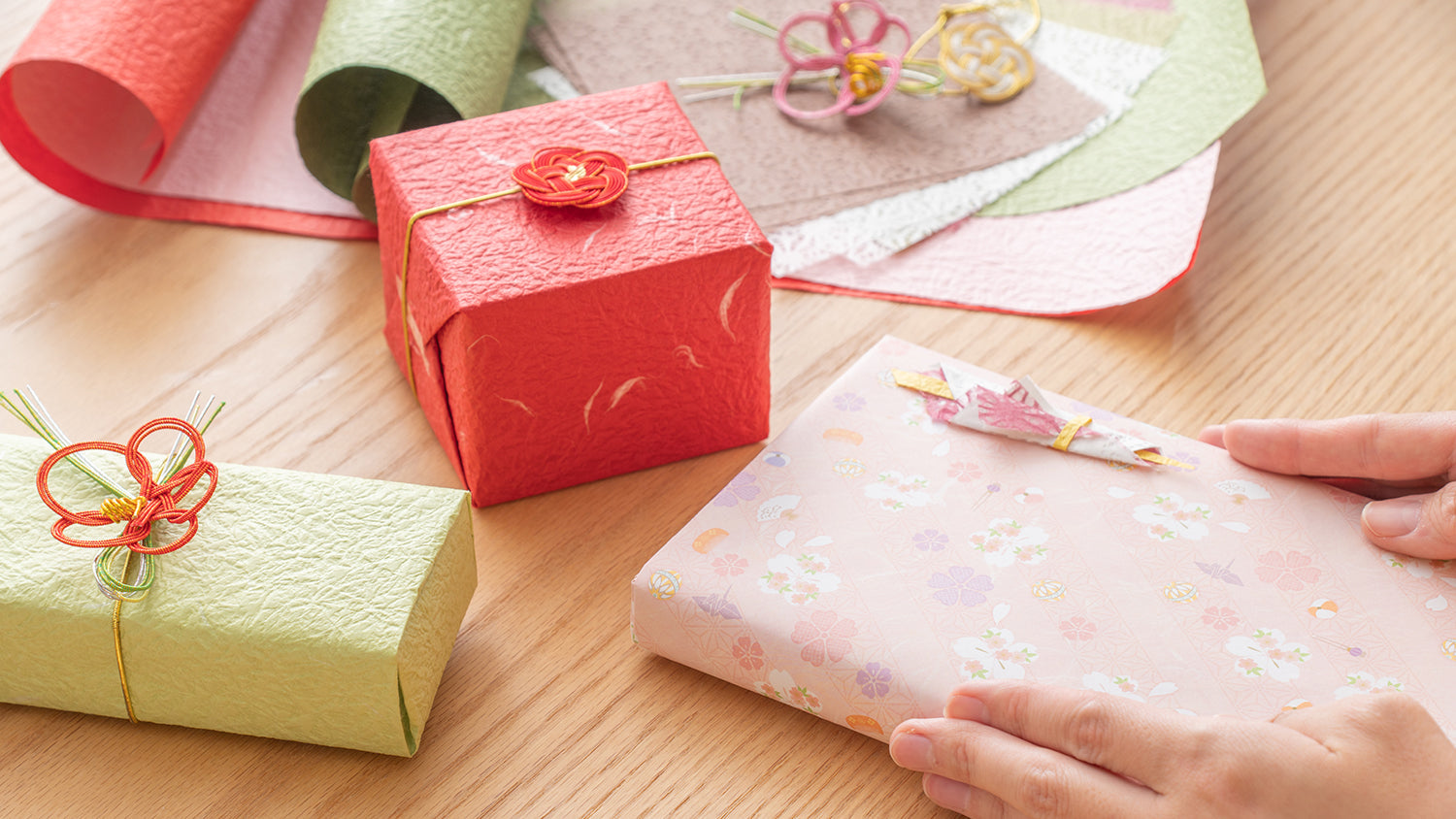

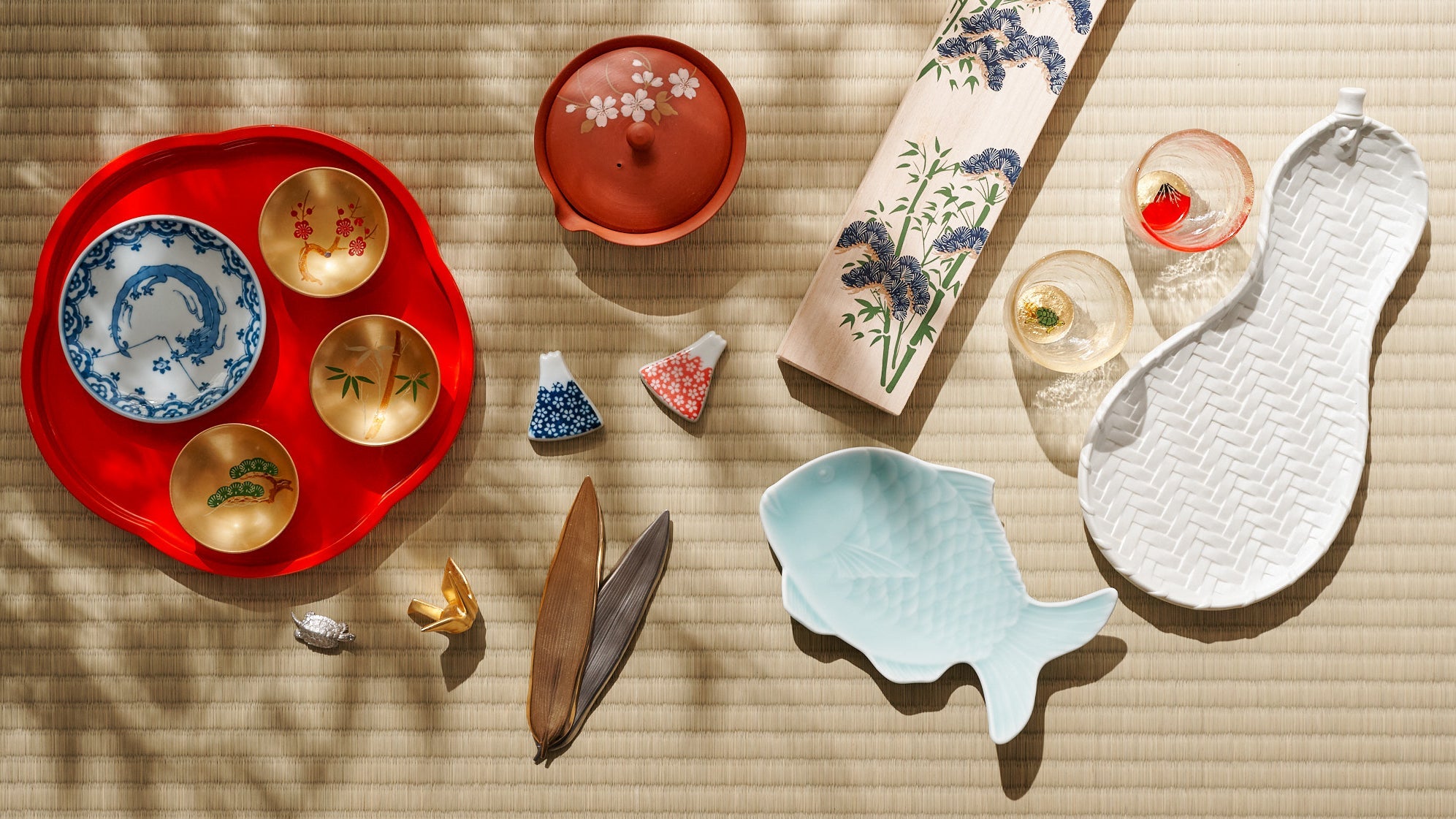
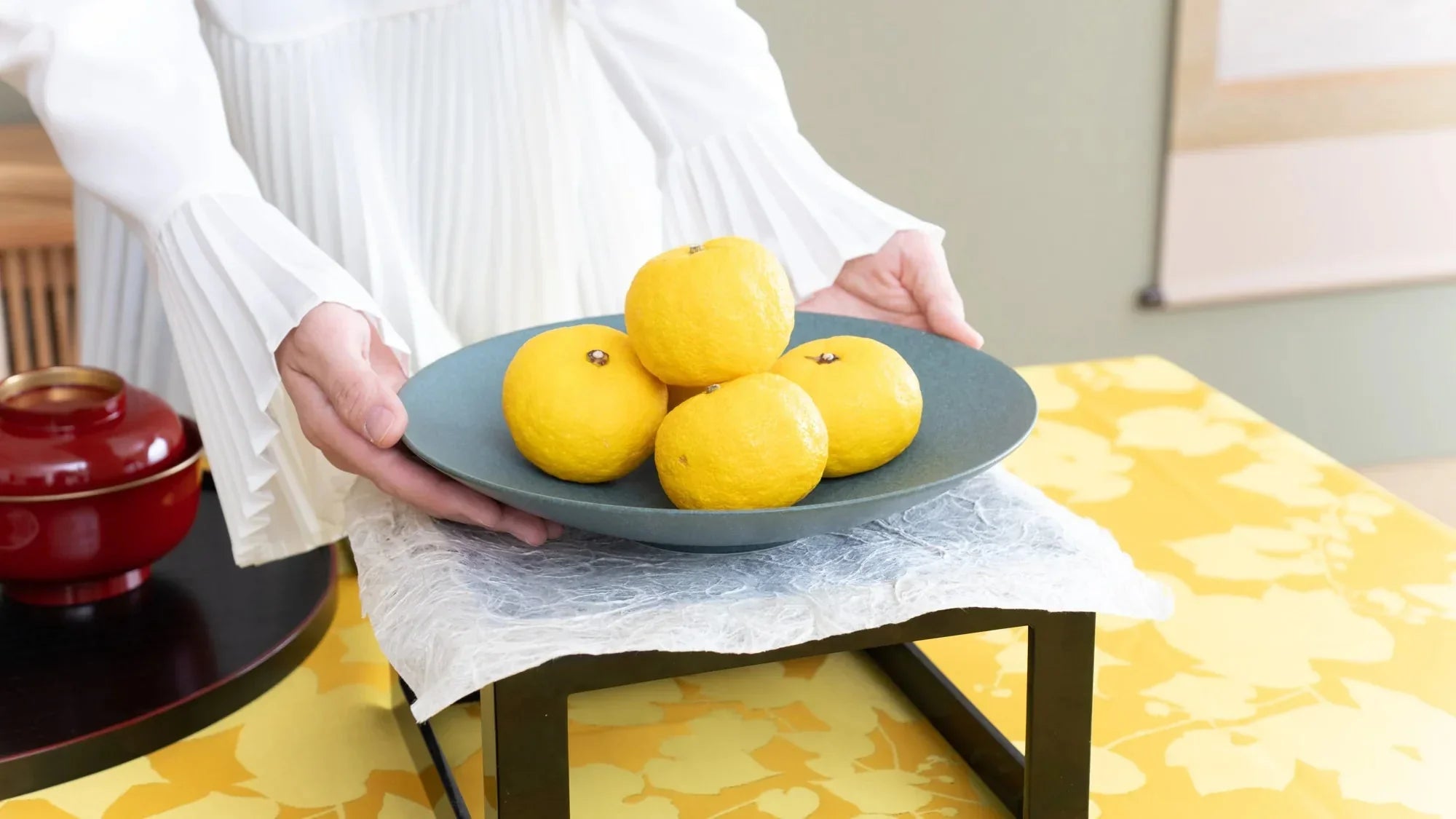
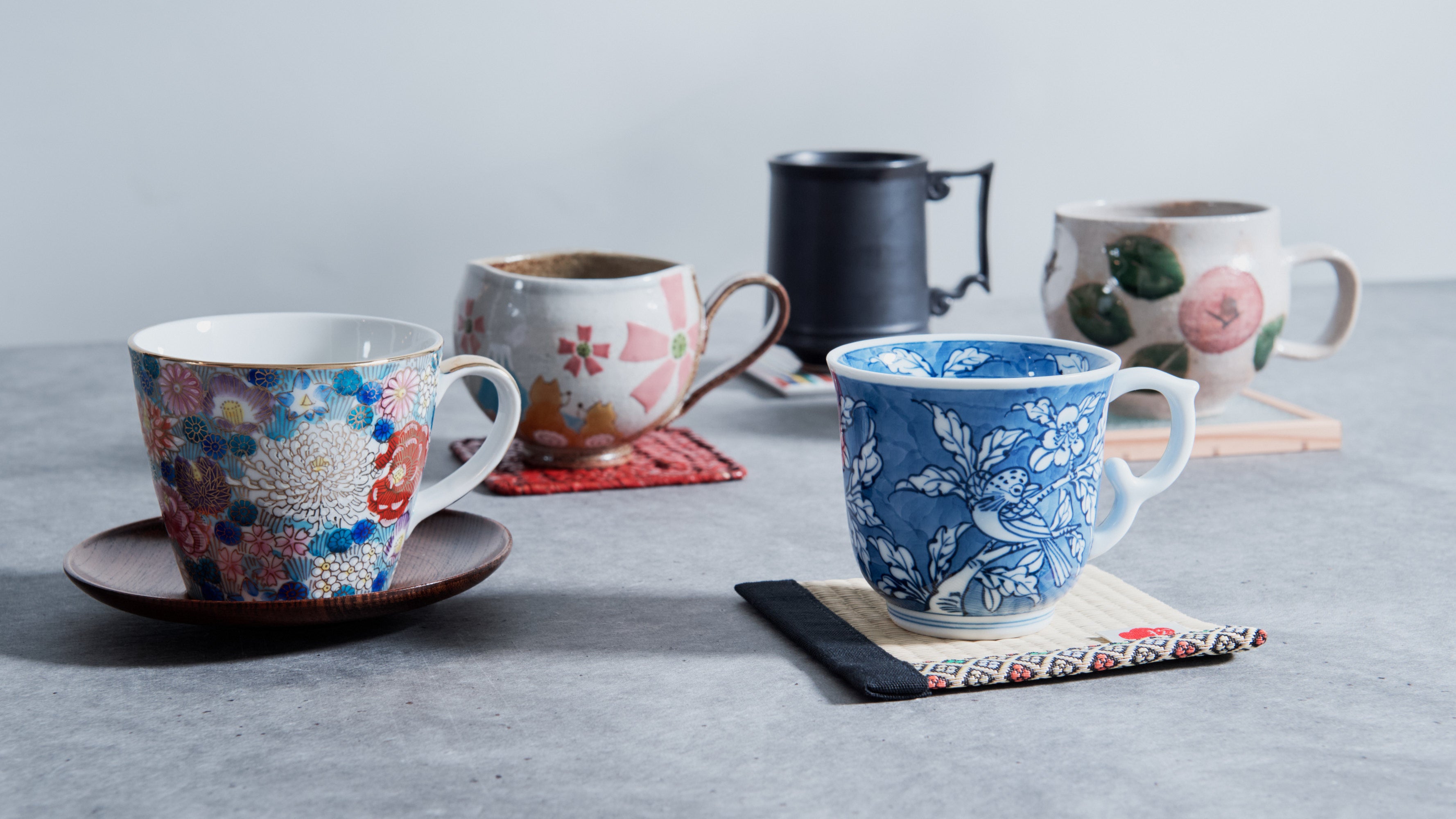
Leave a comment
This site is protected by hCaptcha and the hCaptcha Privacy Policy and Terms of Service apply.